We Rated 15+ Of The Best Natural & Organic Body Lotions

Along with sunblock, moisturizer is one of the key parts of any good skincare routine. Moisturizers keep the skin hydrated, not only by adding moisture back into the skin, but by trapping the moisture that’s already there.
Want to jump directly to our recommendations? Click here.
A skincare routine doesn’t end at the neck—a body lotion is an important part of any beauty arsenal. The skin is the largest organ, and keeping it hydrated is important to keep it healthy.
There are many different moisturizers on the market and they all have different ingredients. As you might expect, there are some surprisingly bad ingredients lurking in some mainstream body creams and moisturizers.
Our Methodology
We researched the internet, online stores and social media for the most popular clean body lotions (along with some popular non-clean body lotions for context).
Each ingredient in every product was researched and analyzed for safety based on available public research. Where possible, sources for information are included.
Products are ranked from best to worst with an internal score based on the ingredient rankings.
Notes On Ingredients:
Irritants: We denote ingredients that can be potential irritants/allergens with an asterisk. (*) Almost all of the products we looked at had at least one allergen, but some are allergen-free.
Preservatives: Some of the products we looked at had no preservatives at all. While this can be great in terms of clean ingredients, it means you must use the product before the expiration date, and be mindful of noticing any changes in color, texture or smell which could indicate the product has gone bad.
Some products contain more harsh preservatives, namely parabens.
Toxic preservatives that have been linked to breast cancer, hormonal disruption and skin irritation. Anything ending in “-paraben” such as methylparaben, ethylparaben and butylparaben is included.
Parabens are not part of the USDA National Organic Program (NOP) list, meaning they can be included in products labeled as organic—a trick you need to watch out for. Conversely, the European Union has banned products with parabens since 2012.
As of 2020, the FDA says of parabens: “We do not have information showing that parabens as they are used in cosmetics have an effect on human health.“
Because there are products with safer alternatives, we don’t recommend using products with parabens.
Phenoxyethanol and sodium benzoate are two other preservatives found in the products we looked at. These two ingredients are safer than parabens. However, sodium benzoate is a known potential skin irritant and phenoxyethanol, which is not recommended to be used in baby products due to irritation potential.
Because these two ingredients are widely considered to be a safer alternative to parabens, we give them an “iffy” rating as opposed to a “bad” rating for parabens.
Ingredients With Contamination Concerns: Some of the products we looked at had ingredients that have a risk of contamination with harmful chemicals.
These ingredients include all ethoxylated ingredients, namely those starting with polysorbate-, PEG-, Ceteareth-.
These ingredients are at risk of being contaminated with 1,4-dioxane, a known human carcinogen. For this reason, we give them an “iffy” rating.
Fragrance: A very common reason for skin irritation, and a 2008 study found that 83% of drugstore creams contained fragrance or a fragrance-related allergen.
The term fragrance when used in products is an umbrella term, and there are currently 3059 chemical ingredients that can be used in fragrances. And what’s worse is that manufacturers can just list “fragrance” and not the individual ingredients that go into the fragrance.
Some of these 3059 ingredients have been linked to health effects like cancer, allergies, reproductive issues and more.
We always considered non-natural fragrance as a “bad” ingredient.
Oil-Based vs. Water-Based Moisturizers
There are two different types of moisturizers: oil-based and water-based. It’s easy to tell which one a moisturizer is based in the first ingredient. If the first ingredient is water, it’s a water-based moisturizer. If not, it’s almost certainly an oil-based moisturizer.
Water-based moisturizers are good for those with dehydrated skin. They’re also good to use in hot climates and summer months because they’re more lightweight than oil-based moisturizers.
Oil-based moisturizers are good for those with dry skin that lacks sebum (oils). They’re also good for cool climates and winter months.
The Best Natural Body Lotions, Rated By Ingredients
Below is our vetted list of clean, non-toxic body moisturizers ranked from best to worst based on their ingredients.
Many of these products contained potential irritants or allergens, indicated with an asterisk. (*)
Products are ordered from best to worst, based on an internal algorithm that scores products based on their individual ingredients.
This is not a rating based on the actual performance of the product, only the ingredients.
All Body Lotions Rated: Best
Buttah

This product contains only one ingredient: organic shea butter. A good choice for those looking for a plain shea butter.
Ingredients
Osmia
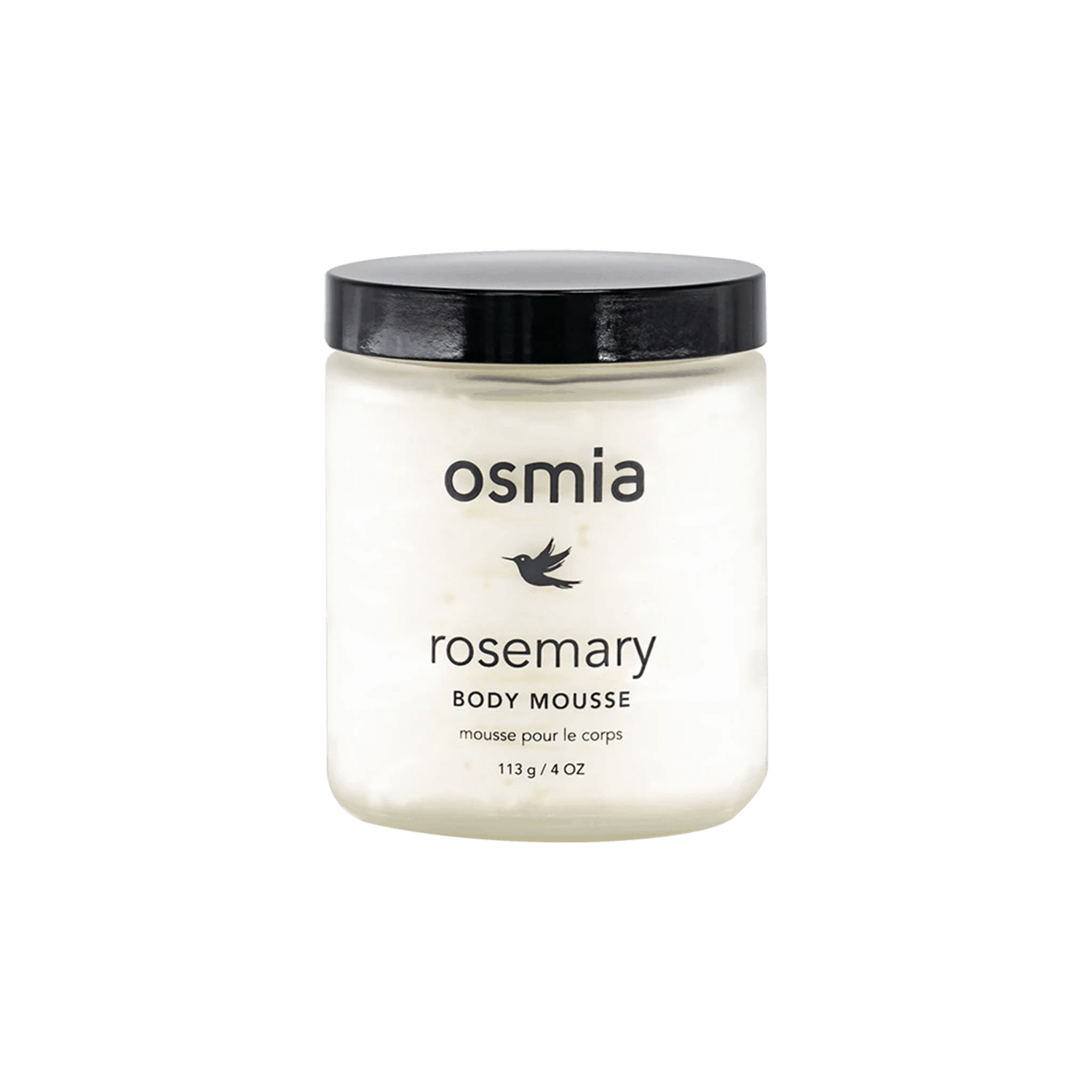
The main ingredients of this product are organic shea butter, jojoba oil, rosemary oil, and organic babassu oil—a more eco-friendly alternative to palm oil. Because of the short and simple list of organic ingredients, we give this product a top rating.
Ingredients
Rose Mira Organics
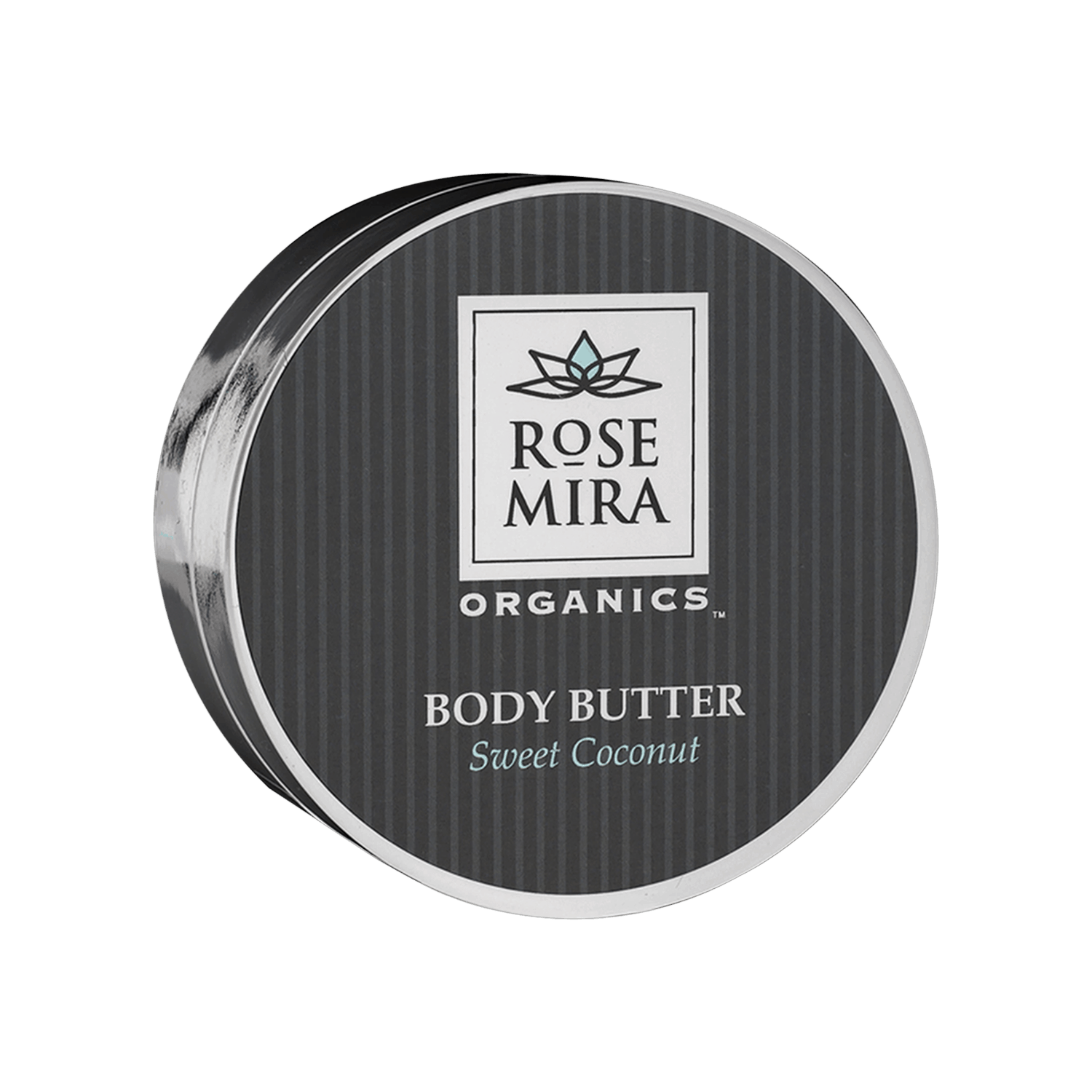
Organic coconut oil makes up the base of this product, along with organic mango seed butter and candelilla wax. It’s scented with an unspecified blend of essential oils.
Ingredients
Badger

With a 100% organic list of ingredients, the main ones being jojoba, olive and pomegranate oils, we give this product a top rating.
Ingredients
Potential irritants: 1*
Nourish Organic

With a base of organic shea butter and oils (coconut, sunflower, rose hip), this product is full of natural and organic ingredients and is 100% vegan. It does have natural fragrance, however.
Ingredients
Potential irritants: 2*
Dr. Bronner

Dr. Bronner’s body moisturizer is made with all organic ingredients, with the base being water, coconut oil and jojoba oil. This is a 100% vegan product as well.
Ingredients
OSEA

With mainly organic ingredients (the main ingredients of the product are oils like sunflower, jojoba) and only one potential irritant, this product gets a great rating.
Ingredients
Potential irritants: 1*
All Body Lotions Rated: Good
Butter Me Up Organics

This body moisturizer is not organic nor vegan, but still uses 100% natural ingredients. The main ingredients are oils (grape seed, coconut) along with shea butter and mango seed butter. It’s scented with essential oils.
Ingredients
Replenix

This is the only glycolic acid moisturizer we looked at. It has a simple list of non-organic ingredients. Because it’s not organic we can only give it a “good” rating, but there are no ingredients of concern.
Ingredients
Potential irritants: 1*
Christina Moss Naturals

The main ingredient in this product is organic aloe. Alongside that, we have organic apricot oil. It’s scented with essential oils, namely citrus. There’s only one ingredient we consider iffy.
Emulsifying wax gets an iffy rating because it can be made of either vegetable wax or a petroleum-based wax, and the exact makeup does not need to be disclosed. (source)
Ingredients
Potential irritants: 1*
Farmstead Apothecary

This product’s main ingredient is water, along with organic safflower seed oil, vegetable emulsifying wax and sunflower seed oil. It is a scented product using unidentified natural fragrances.
We consider “natural fragrance” to be an “Iffy” ingredient simply because it is a blanket term for unknown fragrance ingredients. Because these are natural fragrances, the main concern is skin irritation or allergic reaction, but this shouldn’t be a concern if you aren’t prone to these issues.
Pentylene glycol has shown evidence of being an irritant. Studies show that it can cause contact dermatitis, which indicates that Pentylene Glycol is a sensitizing ingredient and can be considered as an allergen. (source)
Ingredients
Potential irritants: 2*
Babo Botanicals
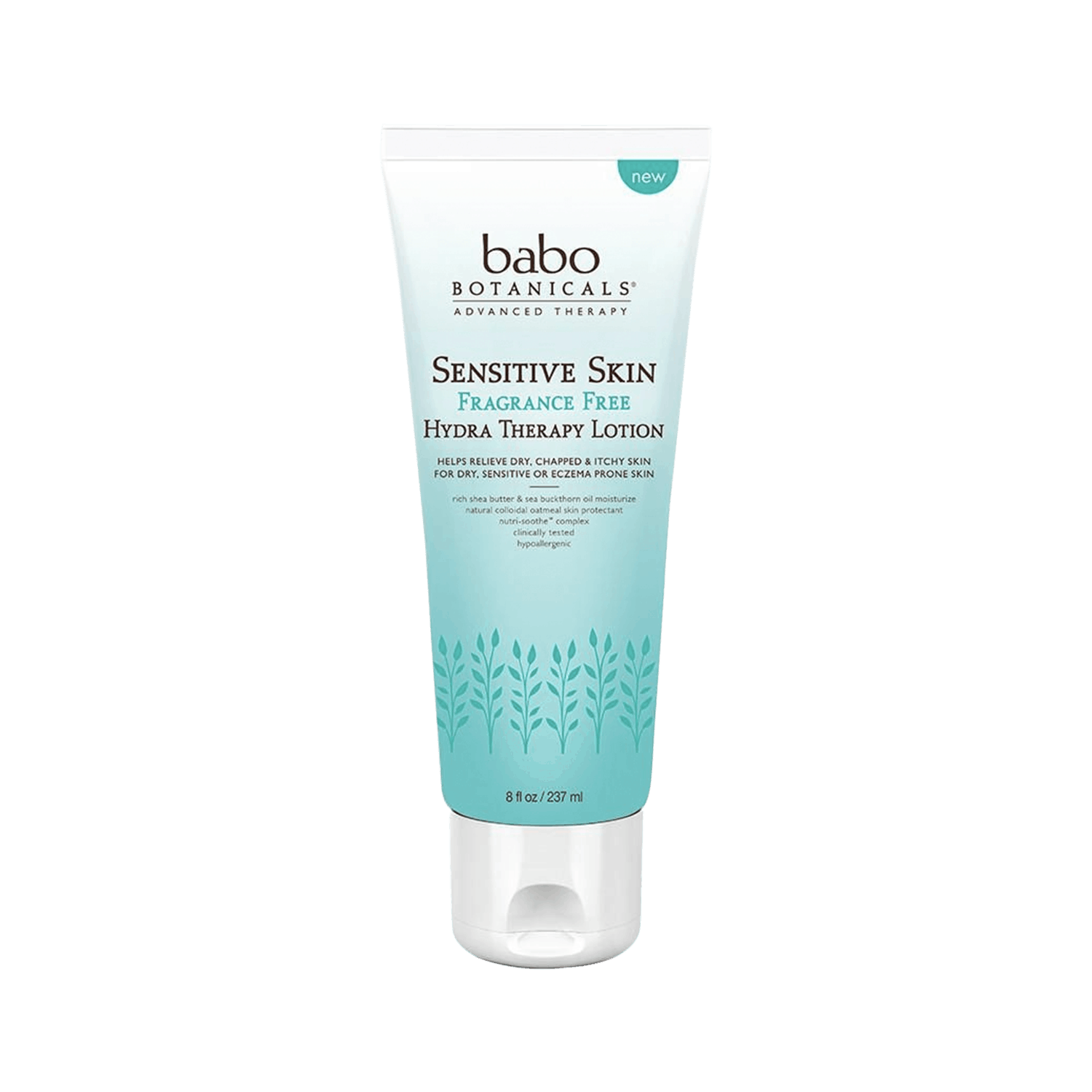
Water, organic safflower and sunflower oils are the main ingredients in this product. The only iffy ingredient is emulsifying wax, the reason being that it’s a blanket term that hides what is truly in the wax. It’s unlikely that the wax is anything harmful, but since it’s not a fully organic product, we can only give it a good rating.
There is some concern that tocopheryl acetate is at risk of being contaminated with hydroquinone, a known human carcinogen. While we believe this risk to be small, we consider tocopheryl acetate an iffy ingredient. (source)
Ingredients
Acure

This lotion is not organic. However, the list of ingredients is all-natural, and has only one “iffy” ingredient that is okay because it’s only bad when included with other ingredients that are iffy.
Glyceryl Laurate is a penetration enhancer, making it an ingredient of concern if included with other ingredients that may be unsafe. (source)
Ingredients
Ursa Major

Organic aloe and sunflower seed oils are the main ingredients of this product. Not all ingredients are organic, and it’s scented with several essential oils.
The EU’s SCSS considers sweet orange oil to be an ingredient of high concern of causing allergic contact dermatitis. (source)
Benzyl alcohol is listed by the The European Union’s Scientific Committee on Consumer Safety (SCCS) as a well-recognized consumer allergen. (source)
Ingredients
Potential irritants: 4*
Shea Moisture
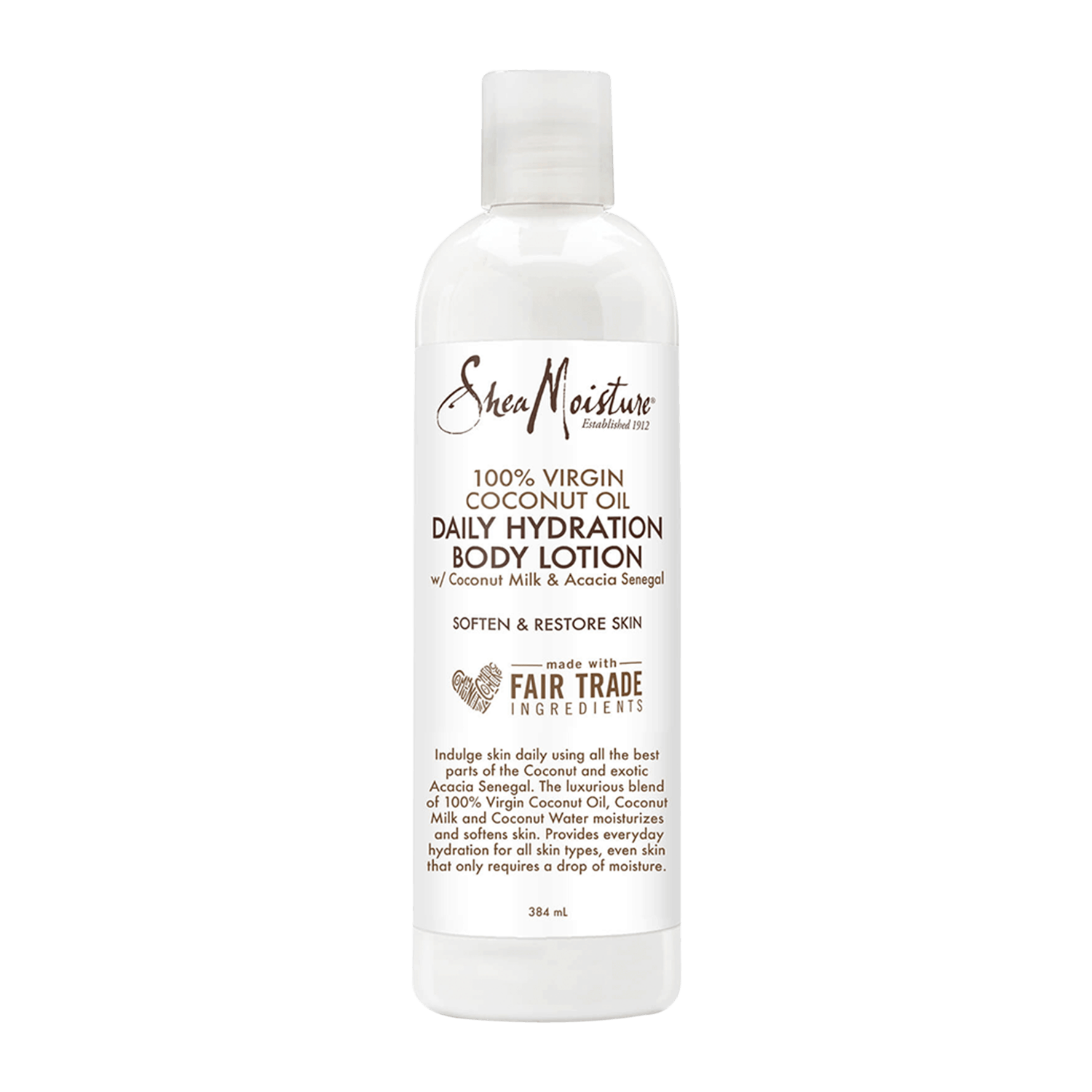
This product has a clean list of non-organic ingredients, with only one of potential concern.
Cetrimonium chloride is caused reproductive toxicity in a study of female rats. (source)
Ingredients
Potential irritants: 1*
100% Pure

This product is not organic, however the list of ingredients is all natural. The main ingredient is coco butter, along with avocado oil, shea butter, argan oil, aloe, and candelilla wax).
Ingredients
Potential irritants: 1*
True Botanicals

Ethylhexylglycerin can be a mild skin and eye irritant. Extra care should be taken when using products with this ingredient around the face. (source)
Ingredients
Potential irritants: 1*
Burt's Bees Baby

This product has a number of potential irritants indicated with an asterisk below. If you’re someone with sensitive skin, consider a moisturizer with less irritants.
We consider “natural fragrance” to be an “Iffy” ingredient simply because it is a blanket term for unknown fragrance ingredients. Because these are natural fragrances, the main concern is skin irritation or allergic reaction, but this shouldn’t be a concern if you aren’t prone to these issues.
Sodium benzoate is a chemical preservative. Reports show that people with sensitive skin should not use products which contain sodium benzoate as it may induce contact allergy. (source)
Phenoxyethanol is a common preservative. Typically, this ingredient is considered safe in products not meant for babies. An EU study found skin irritation in animal studies even when exposed to very low amounts. (source)
Ingredients
Potential irritants: 7*
All Body Lotions Rated: Iffy
Cetaphil

Ceteth-10 is an ethoxylated ingredient, meaning it can be contaminated with 1,4-dioxane, a known human carcinogen. (source)
Steareth-20 is an ethoxylated ingredient, meaning it can be contaminated with 1,4-dioxane, a known human carcinogen. (source)
This product has dimethicone, a petroleum-derived ingredient in the silicones family. Silicone makes the skin feel like it’s being hydrated, but it’s simply a short-term effect. Silicones can trap debris in the pores, cause acne and congestion, and can accumulate on the skin.
Ingredients
Potential irritants: 1*
Adamia
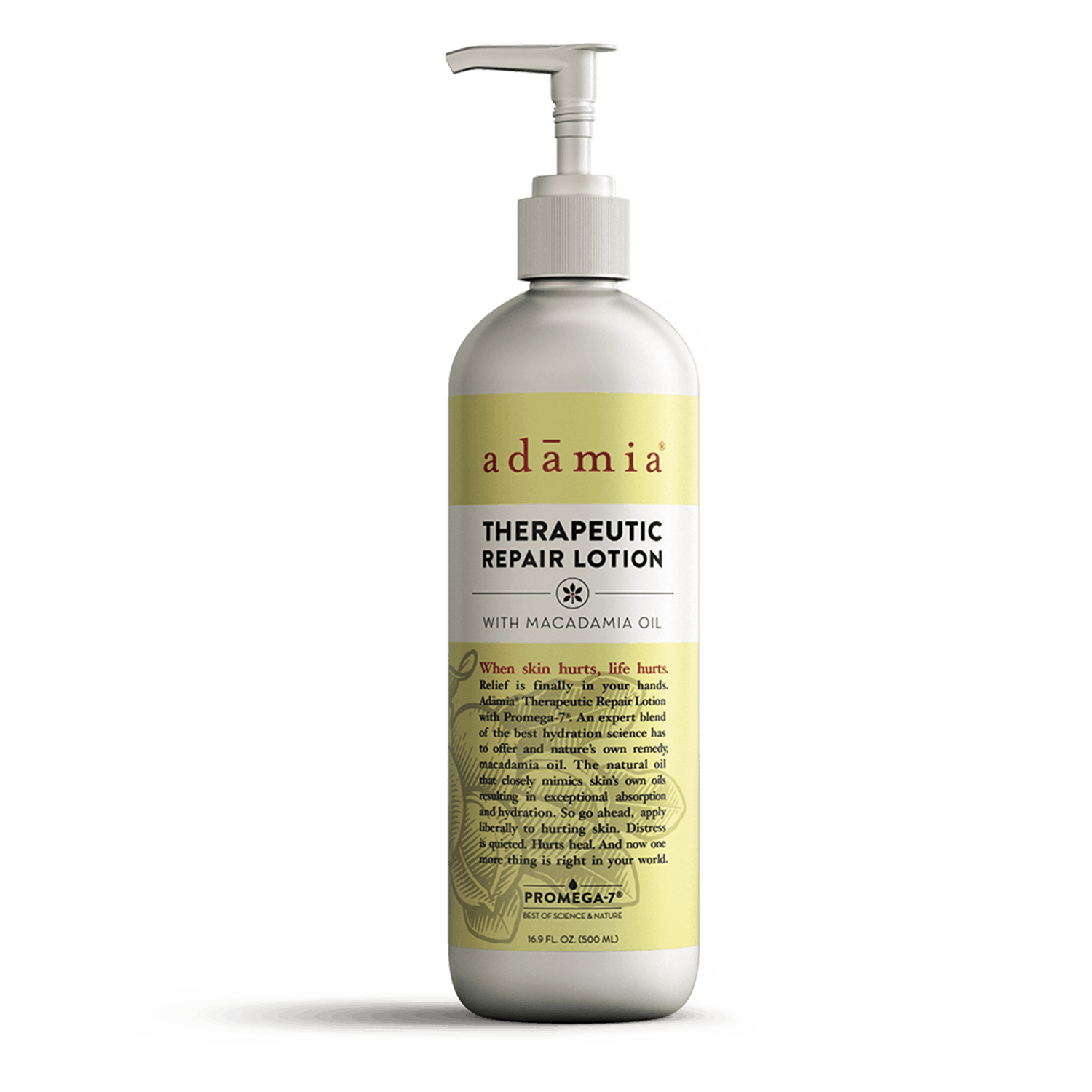
This product has dimethicone, a petroleum-derived ingredient in the silicones family. Silicone makes the skin feel like it’s being hydrated, but it’s simply a short-term effect. Silicones can trap debris in the pores, cause acne and congestion, and can accumulate on the skin.
There is some concern that tocopheryl acetate is at risk of being contaminated with hydroquinone, a known human carcinogen. While we believe this risk to be small, we consider tocopheryl acetate an iffy ingredient. (source)
PEG-20 Stearate is an ethoxylated ingredient, meaning it can be contaminated with 1,4-dioxane, a known human carcinogen. (source)
Ethylhexylglycerin can be a mild skin and eye irritant. Extra care should be taken when using products with this ingredient around the face. (source)
Phenoxyethanol is a common preservative. Typically, this ingredient is considered safe in products not meant for babies. An EU study found skin irritation in animal studies even when exposed to very low amounts. (source)
Ingredients
Potential irritants: 1*
Eucerin

Pentylene glycol has shown evidence of being an irritant. Studies show that it can cause contact dermatitis, which indicates that Pentylene Glycol is a sensitizing ingredient and can be considered as an allergen. (source)
Phenoxyethanol is a common preservative. Typically, this ingredient is considered safe in products not meant for babies. An EU study found skin irritation in animal studies even when exposed to very low amounts. (source)
This product has dimethicone, a petroleum-derived ingredient in the silicones family. Silicone makes the skin feel like it’s being hydrated, but it’s simply a short-term effect. Silicones can trap debris in the pores, cause acne and congestion, and can accumulate on the skin.
There is some concern that tocopheryl acetate is at risk of being contaminated with hydroquinone, a known human carcinogen. While we believe this risk to be small, we consider tocopheryl acetate an iffy ingredient. (source)
Ingredients
Potential irritants: 4*
La Roche-Posay

This product has dimethicone, a petroleum-derived ingredient in the silicones family. Silicone makes the skin feel like it’s being hydrated, but it’s simply a short-term effect. Silicones can trap debris in the pores, cause acne and congestion, and can accumulate on the skin.
Ingredients
Potential irritants: 3*
Augustinus Bader

Sodium benzoate is a chemical preservative. Reports show that people with sensitive skin should not use products which contain sodium benzoate as it may induce contact allergy. (source)
Phenoxyethanol is a common preservative. Typically, this ingredient is considered safe in products not meant for babies. An EU study found skin irritation in animal studies even when exposed to very low amounts. (source)
Ingredients
Potential irritants: 3*
Era Organics

While this product does have many organic ingredients, there are too many we consider “iffy” to give it a good rating.
Emulsifying wax gets an iffy rating because it can be made of either vegetable wax or a petroleum-based wax, and the exact makeup does not need to be disclosed. (source)
There is some concern that tocopheryl acetate is at risk of being contaminated with hydroquinone, a known human carcinogen. While we believe this risk to be small, we consider tocopheryl acetate an iffy ingredient. (source)
Sodium benzoate is a chemical preservative. Reports show that people with sensitive skin should not use products which contain sodium benzoate as it may induce contact allergy. (source)
Phenoxyethanol is a common preservative. Typically, this ingredient is considered safe in products not meant for babies. An EU study found skin irritation in animal studies even when exposed to very low amounts. (source)
Ethylhexylglycerin can be a mild skin and eye irritant. Extra care should be taken when using products with this ingredient around the face. (source)
Ingredients
Potential irritants: 4*
All Body Lotions Rated: Bad
Replenix

This product has a number of ingredients of concern and for this reason, we can’t recommend it.
Polysorbate 60 can be contaminated with ethylene oxide and 1,4-dioxane, possible human carcinogens.
The main concern with cyclopentasiloxane is that it’s an environmental toxin. For this reason, in 2020 the EU restricted this ingredient in wash-off products at a maximum concentration of up to 0.1%. (source)
This product has dimethicone, a petroleum-derived ingredient in the silicones family. Silicone makes the skin feel like it’s being hydrated, but it’s simply a short-term effect. Silicones can trap debris in the pores, cause acne and congestion, and can accumulate on the skin.
Retinol is a controversial ingredient and there are a number of conflicting studies on the ingredient. Read our full description on retinol above to see why we give it a bad rating.
Polysorbate 20 can be contaminated with ethylene oxide and 1,4-dioxane, possible human carcinogens.
PEG-100 Stearate can be contaminated with 1,4-dioxane and ethylene oxide, a possible human carcinogen and known human carcinogen respectively.
Phenoxyethanol is a common preservative. Typically, this ingredient is considered safe in products not meant for babies. An EU study found skin irritation in animal studies even when exposed to very low amounts. (source)
Ingredients
Potential irritants: 2*









Kim
Thank you so much for this list. Very sensitive skin allergies. I’ve used Aubrey Organics unscented lotion for decades and they are no longer making. I’m back to square one when it comes to finding a lotion. I’m about to try Nourish Organic unscented. Fingers crossed. It just takes weeks to make sure I have no reaction to anything. I will try a link or two that is here. Thanks again.